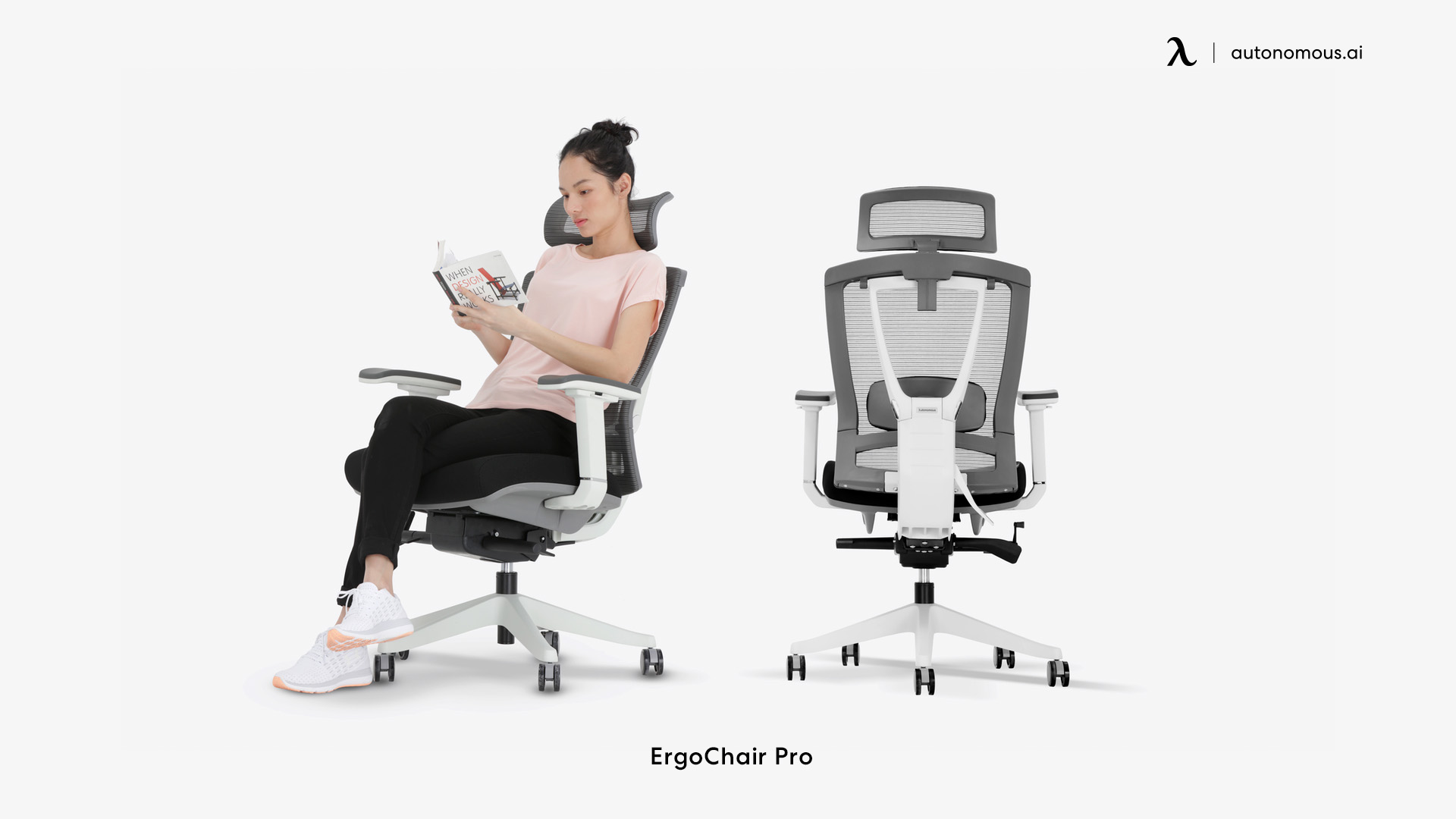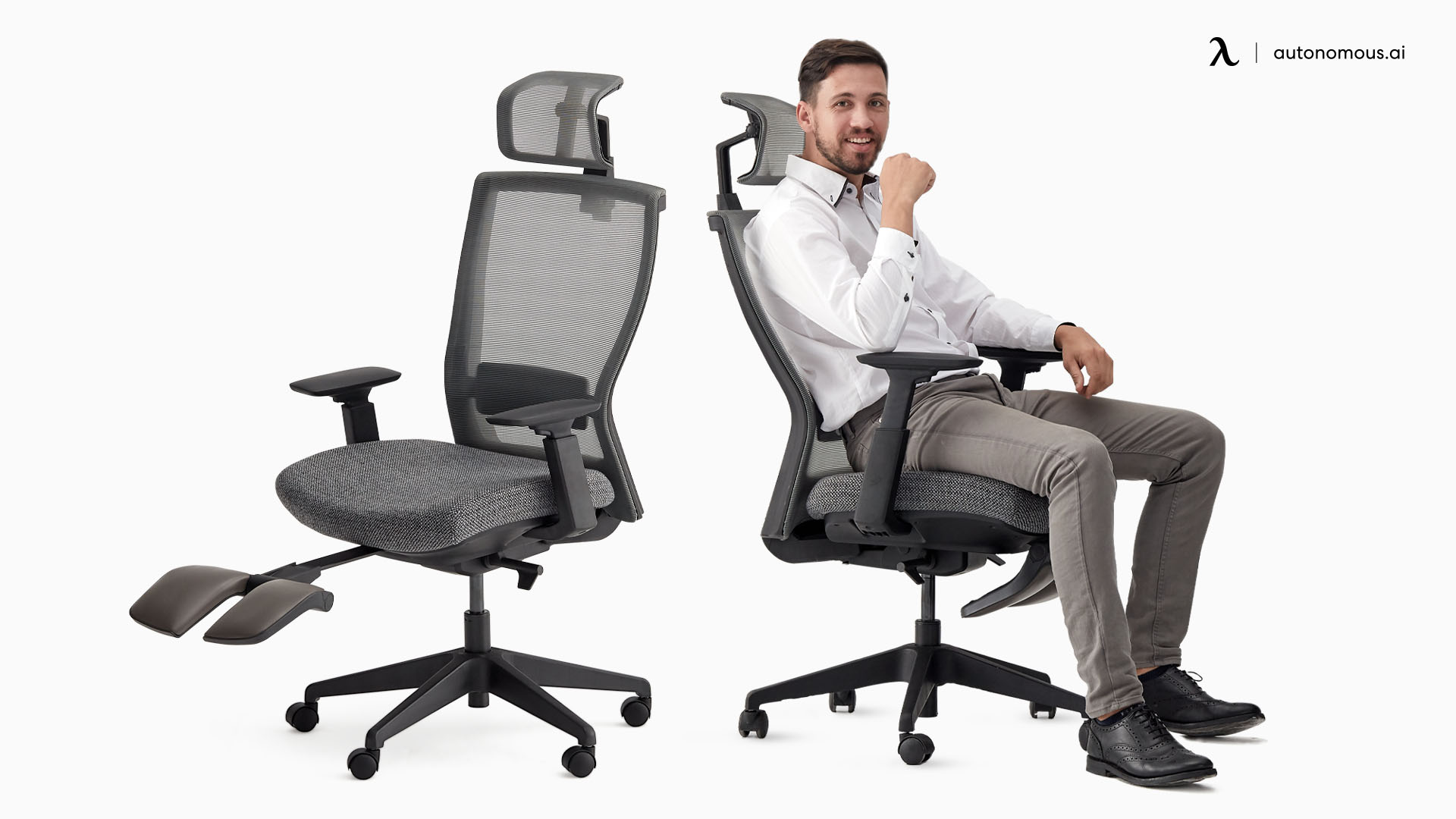Materials and Ergonomics: Best Office Chair For Herniated Lumbar Disc

The choice of materials and ergonomic design are paramount when selecting an office chair for someone with a herniated lumbar disc. The right chair can offer crucial support, alleviating pressure points and promoting healing, while the wrong one can exacerbate pain and hinder recovery. Careful consideration of both material properties and ergonomic features is essential for optimal comfort and spinal health.
Best office chair for herniated lumbar disc – Different materials offer varying levels of comfort, breathability, and durability, each impacting the overall user experience. The interplay between material and ergonomic design determines the chair’s effectiveness in supporting the lower back and promoting proper posture.
Material Impact on Comfort and Breathability
Mesh, leather, and fabric each present unique advantages and disadvantages for individuals with lumbar disc herniation. Mesh, known for its breathability, allows for excellent airflow, preventing overheating and discomfort, especially during prolonged sitting. However, its flexibility might not provide the same level of structured support as other materials. Leather, offering a luxurious feel and durability, can be less breathable and may become uncomfortable in warmer climates. Fabric, a versatile option, offers a range of textures and breathability levels, with some fabrics offering superior comfort and support compared to others. The choice depends on individual preferences and climate. For example, a breathable mesh chair might be ideal for a warm climate, while a supportive fabric chair could be better in a cooler environment. The selection should prioritize breathability to reduce discomfort and sweating, which can worsen back pain.
Ergonomic Considerations Checklist, Best office chair for herniated lumbar disc
Selecting an office chair requires a meticulous approach to ergonomics, focusing on features that promote spinal health and alleviate pressure on the lower back. A comprehensive checklist ensures the chosen chair effectively supports the user’s needs.
- Seat Height Adjustability: Allows for proper thigh and knee angle, reducing strain on the lower back. The ideal height ensures your feet are flat on the floor and your thighs are parallel to the ground.
- Armrest Adjustability: Provides proper support for the arms, reducing shoulder and neck tension, thereby indirectly relieving lower back strain. Adjustable armrests allow for personalized positioning to maintain a neutral posture.
- Lumbar Support: Crucial for maintaining the natural curve of the spine, reducing pressure on the lumbar discs. The lumbar support should be adjustable to fit the individual’s back curve perfectly.
- Backrest Angle Adjustment: Allows for reclining, reducing pressure on the spine and promoting relaxation. The ability to recline slightly can help alleviate lower back pressure.
- Seat Pan Tilt Adjustment: Supports the natural curvature of the spine by adjusting the tilt of the seat pan. This helps to distribute weight evenly and reduce pressure points.
- Chair Stability: A stable base is essential for preventing sudden movements that could aggravate a herniated disc. The chair should feel solid and not wobble or tip easily.
- Seat Depth Adjustability: Ensures proper support for the thighs, preventing pressure on the back of the knees. This feature is important for maintaining proper posture and reducing strain on the lower back.
Role of Key Ergonomic Elements in Reducing Lower Back Pressure
The strategic integration of ergonomic elements directly impacts the pressure distribution on the lower back and promotes healthy posture. Seat pan tilt, by adjusting the angle of the seat, helps to distribute weight evenly across the seat, reducing pressure on the coccyx and lower back. Similarly, backrest angle adjustment allows for a slight recline, lessening the compression on the intervertebral discs. This recline can also help to improve blood circulation, reducing muscle fatigue and further relieving pressure on the lower back. Proper lumbar support, by maintaining the natural spinal curvature, provides crucial support and prevents excessive strain on the lumbar region. The combination of these features ensures the chair actively supports the user’s posture, mitigating the risk of exacerbating a herniated lumbar disc.
User Reviews and Recommendations

The voices of those who have navigated the labyrinth of back pain, specifically those with herniated lumbar discs, offer invaluable insights into the efficacy of various office chairs. Their experiences, both triumphs and tribulations, paint a vivid picture of which chairs provide genuine relief and which fall short of expectations. Analyzing these testimonials allows us to glean a deeper understanding of the chair’s impact on comfort, support, and overall well-being.
User Feedback on Popular Office Chair Models
A tapestry woven from countless individual experiences, user reviews reveal the nuanced realities of living with a herniated lumbar disc and the search for the perfect office chair. Positive reviews often describe a feeling of weightlessness, a release from the constant ache, and a renewed ability to focus on work without the distraction of pain. Conversely, negative reviews may highlight inadequate lumbar support, uncomfortable seating surfaces, or a lack of adjustability, leading to increased discomfort.
Comparative Analysis of Three Office Chair Models
The following table compares three popular office chair models frequently recommended for back pain relief, offering a concise overview of their features, pricing, and user feedback. This comparison considers factors crucial for individuals with herniated lumbar discs, such as lumbar support adjustability, seat depth, and overall comfort.
| Office Chair Model | Key Features | Approximate Price Range | User Feedback Summary |
|---|---|---|---|
| Herman Miller Aeron | Excellent lumbar support, breathable mesh material, highly adjustable | $1500 – $2000 | Generally positive, praised for comfort and adjustability; some users find the price prohibitive and the mesh too firm. Many with back issues report significant relief. |
| Steelcase Leap | Ergonomic design, adjustable lumbar support, durable construction | $1000 – $1500 | Mostly positive, noted for its adjustability and long-term comfort; some users find the initial adjustment process challenging. Users with herniated discs frequently cite improved posture and reduced pain. |
| Secretlab Titan Evo 2022 | High-quality materials, adjustable lumbar support, customizable features | $500 – $800 | Mixed reviews; praised for comfort and features, but some users report issues with long-term durability and lumbar support not being sufficient for severe back problems. Reports from users with herniated discs are varied, with some finding it helpful and others not. |
